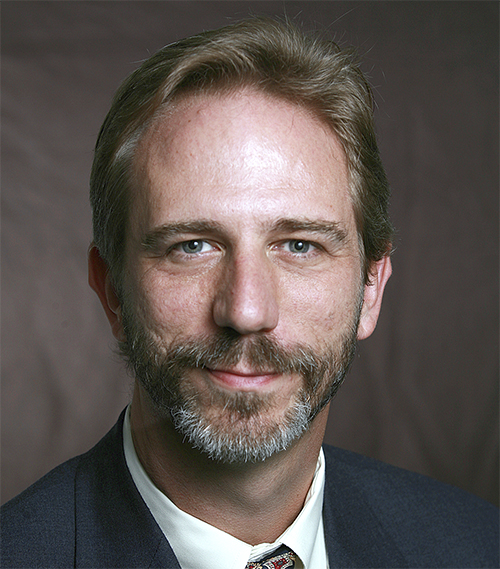 By David Gushee
By David Gushee
Follow David: @dpgushee
While some traditionalist voices still dispute it, more are willing to acknowledge that the LGBT community contains a sizable population of professing Christians. However one defines a Christian — by baptism, by stated personal commitment to Jesus Christ as Savior and Lord, by visible spiritual practices and gifts, or by church membership, attendance and service, there are indeed millions of LGBT Christians — and many millions more who were once Christians but have become alienated from the church.
Some have made this transition in part through personal encounters with LGBT Christians. I, for one, have been deeply changed not just by meeting and getting to know numerous gay Christians, but by discovering that some of them are theologically more conservative than I am. My once unthinking connection between “gay” and “liberal” — so common in traditionalist circles — has collapsed under the weight of the evidence.
I am not the only one who has reached this particular fork in the road.
One indicator of dramatic change among traditionalist Christians is that the go-to voices for many conservatives and evangelicals on the LGBT issue today have become openly gay but celibate Christians. A good example is Wesley Hill, a professor at the evangelical Trinity School for Ministry and author of Washed and Waiting. Often the reviewers of books on “LGBT issues” in flagship evangelical publications like Christianity Today are now celibate gay Christians like Hill, not straight folks. This certainly seems like at least an implicit endorsement, as if that very careful evangelical magazine is saying: yes, indeed, there are gay Christians, and as long as they are celibate, they are in perfectly good standing with us.
This change is reflected in a fascinating terminological development in the evangelical conversation. This involves delineating between “Side A” and “Side B” Christians, a distinction that originally emerged in the internal gay Christian dialogue.
While recognizing the reality of sexual orientation, Side A Christians believe it is possible for gay believers to enter covenantal same-sex relationships with God’s blessing. Side B folks believe God does not ever bless same-sex relationships. Online and in venues such as the Gay Christian Network annual conference, these two “sides” get together and attempt to be in Christian community and support each other. Straight Christians could learn from their mutual forbearance, for these gay Christians have so much more at stake on this issue than the rest of us do.
I have learned never to assume a person’s “position” on the morality of LGBT relationships based on their stated sexual orientation or identity. I know straight Christians who take Side A when it comes to covenantal gay relationships, and gay Christians who take Side B out of what they understand God requires. To add another wrinkle, I know avowedly gay-orientation Christians who are in heterosexual marriages in which their spouse knows of their sexual orientation. Pastors ministering in this arena need to be aware of these complexities.
So we have come a long way since 1964, when mainline minister Robert Cromey was vilified and threatened within his denomination for even meeting with gay people, and when sneering contempt, potential imprisonment and brutal violence toward gay people were often the norm. (The situation remains that terrible in other parts of the world, however, including in Africa, where retrograde Christianity is playing a major role. The contrast with the generally more polite U.S. discussion today is itself instructive.)
What sexual ethicist James Nelson once called the “rejecting-punitive” position toward gay people has weakened on the home front. Still, when families reject their own children, whether punitively or nonpunitively, it remains hugely damaging, as many heartrending accounts of family-exiled gay teenagers and gay suicides indicate. (On this point, check out the important work of the Family Acceptance Project.) It is fair to say that even as some traditionalist Christian leaders retreat to the affirm-the-celibate-gay Side B line, many in the Christian grassroots are not getting that message, to the great suffering of their own children. It says something really terrible when the least safe place to deal with sexual orientation and identity issues is the Christian family and church.
Still, in more sophisticated Christian conversations today, including among many on the traditionalist side, the “LGBT issue” is not couched any longer in the language of deviance and hellfire, with the word “gay” or “homosexual” little more than an epithet. Instead, it is this: if we acknowledge the existence of a small but persistent percentage of the human — and Christian — community that is not heterosexual, or solely heterosexual, what do we do now? How shall LGBT Christians be integrated within congregational life? What does the gospel say and require? Can the exegetical and sexual ethics questions be reopened at all? Who has the authority to make these determinations? And where is God in all of this?
These will be subjects of later reflection. But regardless of your stance on the sexual ethics issues, if you have stayed with me so far, I hope you will agree that all Christians ought to be eager to offer well-informed understanding and hospitality to people of non-heterosexual orientation and identity in our families and churches. Anything short of that is not consistent with the requirements of Christian love.
Previous columns:
Change we can all support: The LGBT issue, part 3
What exactly is the issue? The LGBT issue, part 2
Starting a conversation: The LGBT Issue, part 1
Next column:
Six options for the churches: The LGBT issue, part 5
